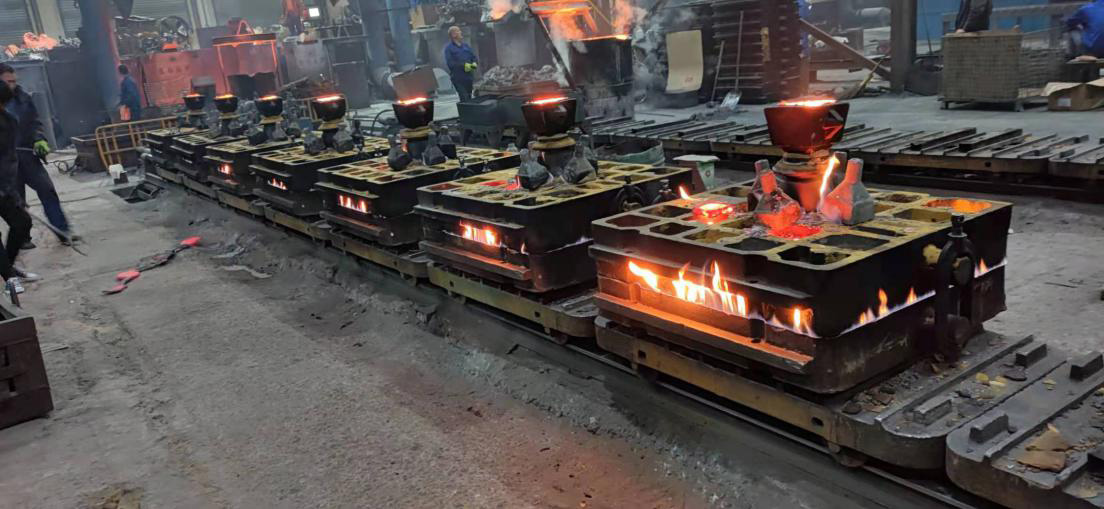Exploring the Pricing Dynamics of Resin-Coated Sand
Resin-coated sand has become a pivotal material in various industries, particularly in metal casting. Its unique properties enhance the quality of cast products, making it a preferred choice for manufacturers. However, understanding the pricing dynamics of resin-coated sand is essential for businesses to manage costs effectively.
Exploring the Pricing Dynamics of Resin-Coated Sand
Additionally, the manufacturing process itself significantly impacts pricing. The production of resin-coated sand involves intricate processes, including mixing, coating, and curing. Advanced technologies are often employed to ensure consistent quality and performance, which can add to production costs. Consequently, manufacturers with state-of-the-art facilities may offer higher-quality products at a premium price, while others may adopt more cost-effective methods, resulting in competitive pricing.
resin coated sand price

Another essential factor that affects pricing is market demand. The demand for resin-coated sand fluctuates with the overall health of the manufacturing and construction sectors. Economic growth typically drives higher demand for casting materials, thereby pushing prices up. Conversely, economic downturns can lead to reduced demand, prompting manufacturers to lower prices to stimulate sales. This cyclical nature of demand requires businesses to remain agile and responsive to market changes.
Additionally, regional factors can influence resin-coated sand prices. Transportation costs, local availability of raw materials, and regional production capabilities can vary significantly, leading to price discrepancies across different areas. Companies sourcing resin-coated sand from distant suppliers may face higher logistics costs, which can be reflected in the final price.
Environmental regulations and sustainability practices also play a crucial role in pricing. With an increasing focus on eco-friendly production methods, manufacturers may incur additional costs to comply with strict environmental standards. These costs can influence pricing strategies, especially as consumers become more environmentally conscious and prefer sustainable products.
In conclusion, the pricing of resin-coated sand is determined by a complex interplay of raw material costs, manufacturing processes, market demand, regional factors, and environmental regulations. For businesses involved in metal casting and related industries, a thorough understanding of these dynamics is vital for effective budgeting and strategic planning. By keeping abreast of market trends and adjusting procurement strategies accordingly, companies can better navigate the challenges of pricing in this essential material category.
Post time:ستمبر . 19, 2024 01:45
Next:โรงงานทรายเคลือบเรซิ่น
